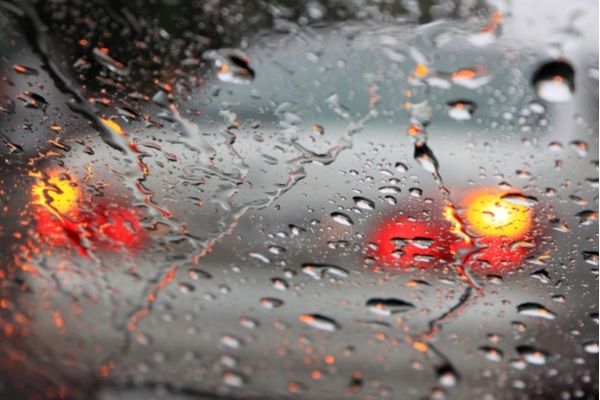

- #WHEN DRIVING IN HEAVY RAIN DRIVERS SHOULD USE FULL#
- #WHEN DRIVING IN HEAVY RAIN DRIVERS SHOULD USE FREE#
This helps avoid hydroplaning, skids etc. Take your Florida Drug and Alcohol Course online with ! Sign up by clicking the "GO" button below. You must drive as slowly as possible during the wet weather. Following Officer's and Fireman's Instructions 4 If the rain gets really heavy and it’s safe to do so, pull over, turn on your hazard lights, and wait until visibility and traction improves. For example, if you’re driving on a mph highway, start driving at 50 to 55 mph or slower. If this happens, slow down and gently push on the brake pedal until your brakes are working again. If the rain is significant, reduce your speed by at least 10 to 15 mph. On interstate highways in designated rural areas the speed limit is: a. If not, shift into neutral and use the brake to slow your vehicle down and get off the road. Leave room Tailgating cars and riding bumpers is always dangerous, but it’s particularly bad during a storm. Slowing down will help you avoid hydroplaning and will make it easier to brake if there is an incident on the road.
#WHEN DRIVING IN HEAVY RAIN DRIVERS SHOULD USE FREE#
Hook you shoe under the pedal and see if you can free it. You should always drive at or even below the speed limit when it’s raining, especially on the highway.

They may pull to one side or the other, or they may not hold at all. Ease your foot off the gas pedal and brake gently. Keep your tires on the road by slowing down when it rains, and by having tires with the right air pressure and good tread.īrakes often become wet after driving through deep water or driving in heavy rain. When your tires are not touching the road, you can easily lose control and skid. In a heavy rain, your tires can ride on a thin film of water, like skis. Slow down and plan for at least two times the normal stopping distance. A gray car in a snow storm is almost invisible. It may not help you to see, but it will help other drivers to see you. Headlights should be on when dark, obviously, but should also be on when it is raining, snowing, or foggy, and in extreme cases, during a fire. Roads are most slippery just after the rain begins because oil dropped from cars has not been washed away. Headlights will not reduce glare, but should be on anytime vision is reduced. No matter what the speed limit sign says, slow. Not only will using these help you to see better but having your headlights on will. If the fog or smoke becomes so thick that you cannot see well enough to keep driving, pull all the way off the pavement and stop. In the event that you encounter bad weather while driving, remember these heavy rain safety tips: Use your headlights and your wipers. Generally this means that you are stopped or traveling significantly. If you must, slow down, turn on your low beam headlights, and be ready for a fast stop. Hazard lights should be used to alert other drivers that you are not driving normally. If your vehicle doesnt have ABS, pump the brakes lightly. Parking lights do not meet requirements of this law. However, if you must brake to avoid an accident, brake normally. You must also use these lights during any rain, smoke or fog.
#WHEN DRIVING IN HEAVY RAIN DRIVERS SHOULD USE FULL#
You must turn on your low beam (dim) headlights when driving between sunset and sunrise, including the twilight hours between sunset and sunrise or between full night and sunrise.


 0 kommentar(er)
0 kommentar(er)
